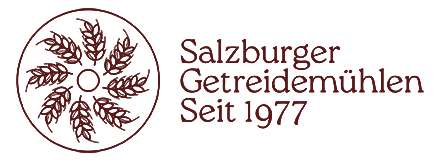In today’s post, we’ll explain what antioxidants are all about, when to use them, and what foods contain them. But before we get into antioxidants per se, we need to start our explanations a few steps ahead for understanding:
We humans subject our bodies to stress on a daily basis – and “chemical stress” is one of them. There are various environmental factors that have a negative impact on the human body. UV rays irritate the skin, particulate matter pollutes our lungs, pesticides irritate the intestinal mucosa, etc. Especially in rich industrialized countries, it is unhealthy lifestyles and diets that harm our bodies. Eating highly processed foods with lots of sugar and fat, smoking and drinking alcohol are just a few examples.
All these factors can lead to the formation of free radicals. These are molecules in the body that need an electron and are looking for it. The free radicals therefore take electrons away from healthy molecules and these then become a free radical themselves. A chain reaction is the result. And this chain reaction is called oxidative stress. And the oxidative stress then has a negative impact on our body and in the worst cases can lead to serious diseases such as cancer.
Let’s move on to antioxidants, because they are what protect molecules and cells. Antioxidants help counteract oxidative stress by releasing free electrons. And even if they then lack an electron for a short time, another antioxidant comes along at the same time and “helps” by giving up another electron.
But now the question is still open, where to find them and in which foods they are contained. These are mainly
secondary plant compounds
but also vitamins and minerals that can serve as antioxidants. They are mainly found in plant foods: fruits, vegetables, sprouts, nuts, seeds, spices and many more. The prime example are berries. They are particularly rich in antioxidants.
It is also said that plant foods with extra color, can be especially antioxidant. Examples would be dark berries, dark green (leafy) vegetables, but also clove and cinnamon powder.
We’re happy if you can take something away from this post and have another wonderful day!
Address:
Gasteigweg 25,
5400 Hallein
Austria
Opening hours:
Monday to Thursday: 09 – 16:00
Friday: 09 – 12:00
Contact:
Phone: +43 6245 83282
E-mail: [email protected]
Address:
Gasteigweg 25,
5400 Hallein
Austria
Opening hours:
Monday to Thursday: 09 – 16:00
Friday: 09 – 12:00
Contact:
Phone: +43 6245 83282
E-mail: [email protected]

